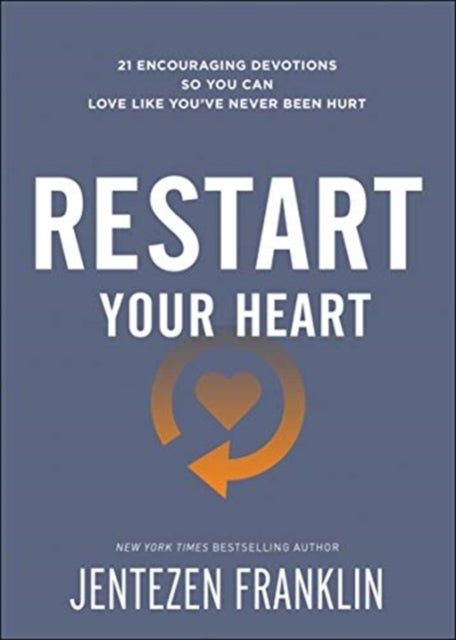
Society, Culture, and STEM av Caroline R. Pryor, Rui Kang
999,-
<P>Too often students are asked to participate in rather generic classroom activities, such as worksheets, essays, and rote memorization, which may not capture cultural interest or experience. In <I>Society, Culture, and STEM: A Model for Student Engagement and Teacher Collaboration</I>, teachers will learn a team-based approach to incorporating local and international cultural perspectives and experiences into a curriculum of STEM subjects. This book presents a six-phase process, <I>Pryor-Kang Socio-cultural STEM Curriculum Development Model</I>, for designing a socio-cultural STEM curriculum that is integrative, expansive, personal, and achievement-oriented. The Model focuses on a teacher-student-community outreach process, ongoing evaluation, solicitation of feedback, and continuous improvement through curriculum redesign or reconfiguration. In this process, a selected set of curriculum goals, interdisciplinary content learning standards, and resources are coordinated purposefully t








